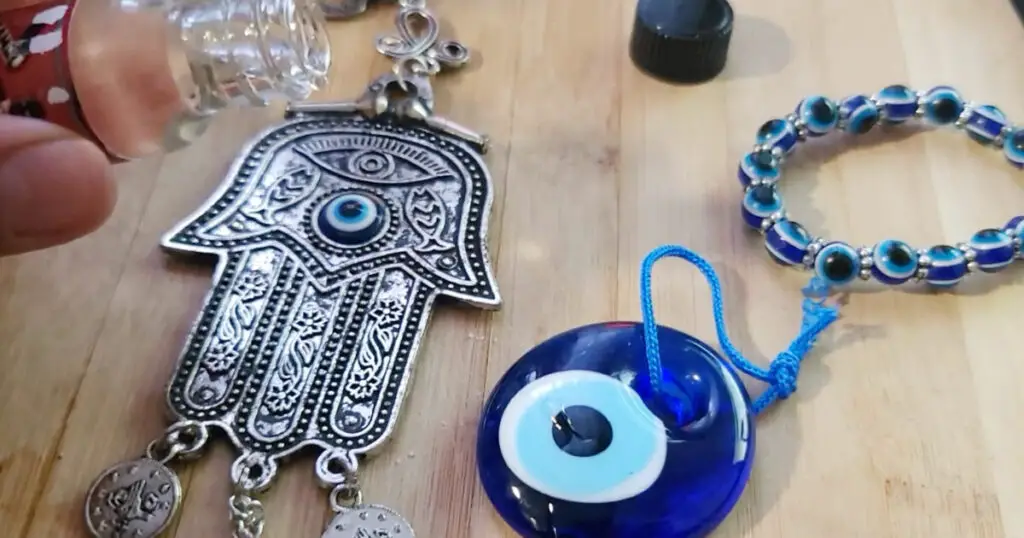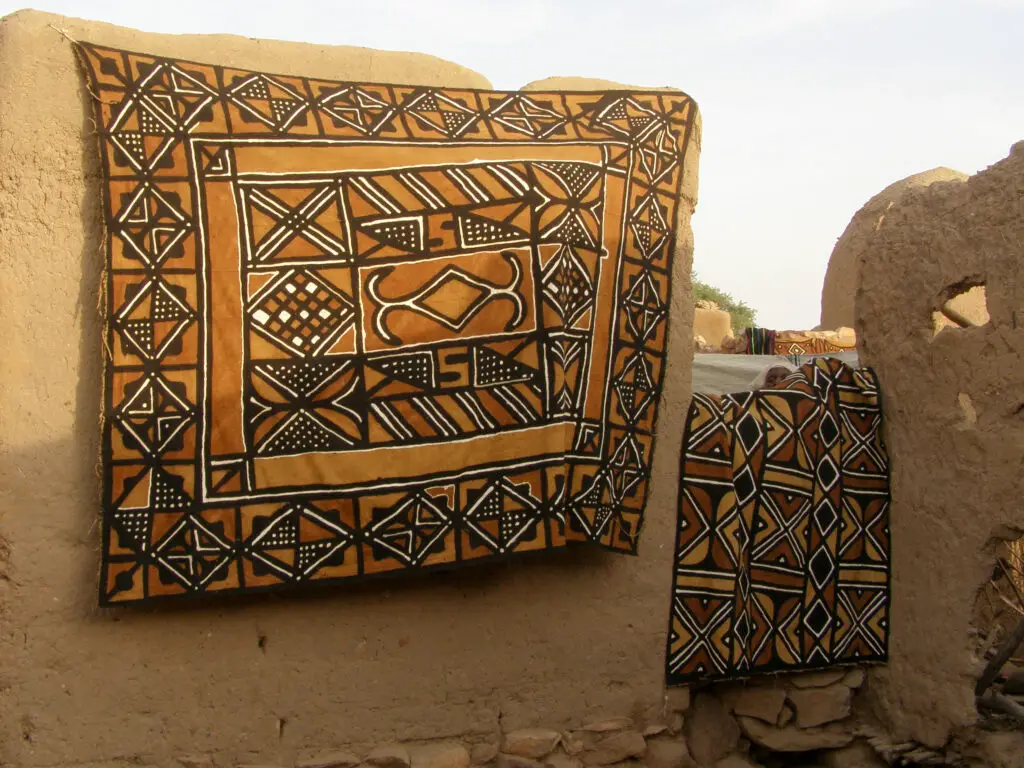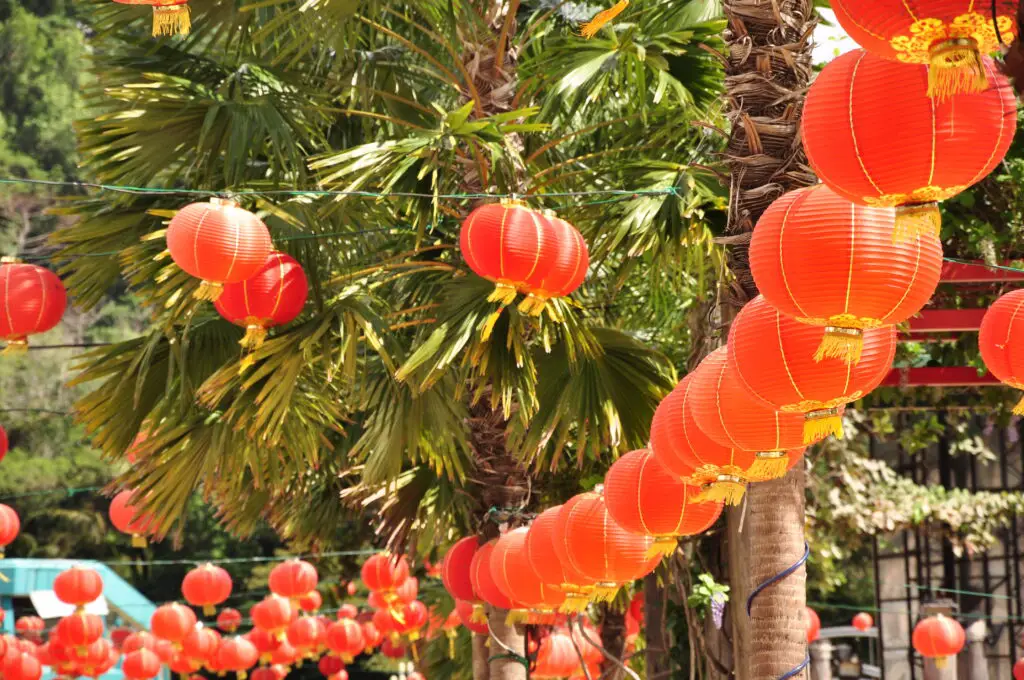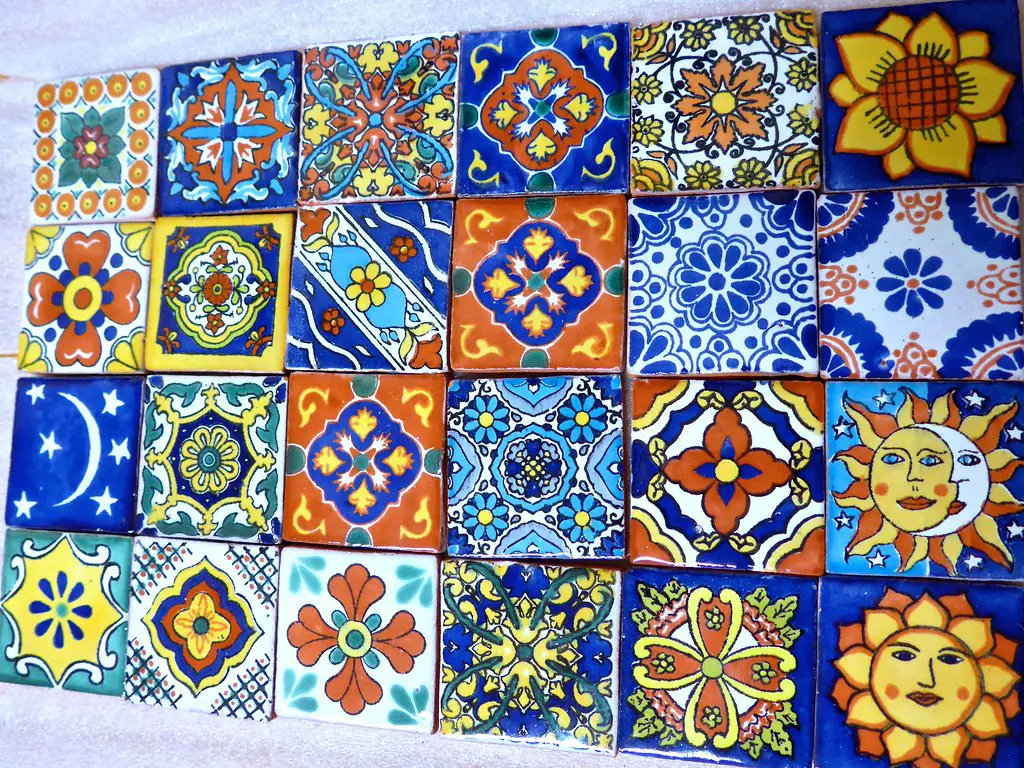Home decor is more than just aesthetics—it often carries deep cultural significance, passed down through generations. Many items found in multicultural homes hold hidden meanings, symbolizing heritage, protection, prosperity, or spirituality. While these pieces may appear decorative to the untrained eye, they often reflect traditions and values rooted in history. Understanding the symbolism behind these design elements provides a deeper appreciation for the diverse cultures that shape home spaces. Here are four popular decor items in multicultural homes and the powerful meanings behind them.
1. Evil Eye Talismans – Protection and Warding Off Negativity

The Evil Eye, often found in the form of wall hangings, jewelry, or decorative tiles, is a powerful symbol of protection in many cultures, particularly in the Mediterranean, Middle Eastern, and South Asian regions. This talisman is believed to shield the home and its inhabitants from negative energy, envy, and ill intentions. The traditional deep blue color represents spiritual awareness and divine protection, while the circular shape mirrors an all-seeing eye that watches over the household. In Greek and Turkish cultures, the nazar is commonly placed above doorways, on keychains, or in children’s rooms to ward off bad luck.
In Latin American and North African traditions, similar protective symbols like the Hamsa hand feature the Evil Eye at their center, reinforcing its protective power. Modern interior design has embraced the Evil Eye motif, incorporating it into wallpaper patterns, ceramic dishware, and embroidered textiles. Despite its stylish appeal, its deeper meaning remains an essential part of its presence in homes. By placing it in a central location, families believe they are ensuring a safe and harmonious living space.
2. African Mud Cloth – Storytelling and Ancestral Heritage

Bogolanfini, or African mud cloth, is a traditional Malian textile that has gained global popularity in home decor, often appearing in throw pillows, blankets, and wall art. While its bold geometric patterns make for striking designs, each symbol and motif carries specific meanings related to history, protection, and identity. Traditionally hand-dyed using fermented mud, bogolanfini has been worn by warriors and hunters for protection and later became a symbol of status and resistance.
Different patterns tell stories—triangles might signify family lineage, while zigzags can represent life’s unpredictable journey. In modern homes, the presence of mud cloth serves as a tribute to African heritage, honoring craftsmanship and cultural pride. Many Black homeowners and designers incorporate it into their spaces as a way to connect with ancestral traditions while blending it with contemporary decor. Its neutral tones and intricate patterns also make it versatile, easily complementing minimalist and bohemian aesthetics alike. Beyond its beauty, mud cloth stands as a reminder of resilience, storytelling, and the craftsmanship of African artisans.
3. Red Lanterns – Prosperity and Good Fortune

Red lanterns are a striking decorative element commonly seen in Chinese, Vietnamese, and other East Asian homes, particularly during celebrations like Lunar New Year. While their vibrant color adds warmth and festivity, red lanterns hold a much deeper meaning tied to prosperity, happiness, and protection from evil spirits. In Chinese culture, red symbolizes good luck and joy, while lanterns themselves represent enlightenment and hope. They are often hung at entryways to invite positive energy and success into the home. The tradition dates back thousands of years, when lanterns were used to ward off darkness and symbolize guidance.
Some lanterns are adorned with gold calligraphy or auspicious symbols like dragons or koi fish, further reinforcing their meaning of wealth and strength. Modern interior designers have embraced red lanterns as statement lighting, often using silk or paper versions to create a warm and inviting ambiance. Their presence in multicultural homes signifies a wish for abundance and the continuation of a rich cultural heritage. Whether used as seasonal decor or permanent fixtures, red lanterns illuminate a space with both literal and symbolic brightness.
4. Mexican Talavera Tiles – Sacredness and Cultural Identity

Talavera tiles, known for their vibrant colors and intricate patterns, are a staple in Mexican and Southwestern home design, often adorning kitchen backsplashes, stair risers, and tabletops. Beyond their artistic appeal, these handcrafted tiles have deep roots in Mexican culture, blending Indigenous, Spanish, and Moorish influences. Originally introduced by Spanish artisans in the 16th century, Talavera ceramics became a symbol of craftsmanship and cultural pride in Puebla, Mexico. The bright hues—cobalt blue, sunflower yellow, and terracotta red—represent nature, the divine, and the richness of life.
Many tiles feature religious motifs, such as crosses or floral designs symbolizing fertility and growth. Others incorporate Aztec and Mayan patterns, honoring the artistic traditions of Mexico’s Indigenous communities. Talavera tiles are often placed near doorways or altars, reinforcing their sacred nature and connection to home blessings. In modern multicultural homes, these tiles serve as both a design statement and a nod to heritage, showcasing a fusion of artistry and identity. Their timeless beauty and historical significance make them cherished elements in spaces that celebrate cultural diversity.
